Firmware Development Tutorial
Introduction to Firmware
Firmware is software that operates a specific single-purpose device, such as a TV, washing machine or AC remote control. It is typically used as low-level software that operates a specific single-purpose device.
However, flash memory is now being used to store firmware, which is becoming increasingly large due to the increasing size of the software; it is substantial and complicated to erase or modify.
It is also called bare metal because it doesn’t involve running an operating system.
The operating system is a crucial device component, allowing it to function and communicate with other devices. It is in the device’s file system, which stores and manages the software code.
This code is used to store applications, games, and other software. When executed, the code is loaded from the file system into the RAM, ensuring the application is executed correctly.
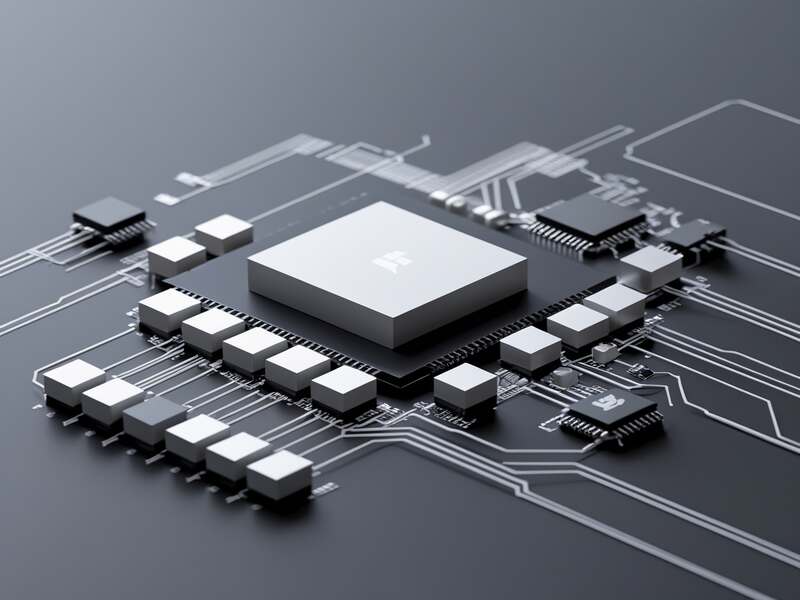
What are the roles of microcontrollers in Firmware development?
Microcontrollers are a type of microprocessor that can be used for various purposes, such as software, website, and game development. They are complete and self-sufficient, requiring no external hardware connections.
Microcontrollers are a single package containing all the components necessary for a system.
They areconnected to any device, including laptops, desktops, and other devices. These devices can perform various tasks, such as controlling the temperature, adjusting the brightness, and controlling the computer’s speed.
Microcontrollers can be used for multiple purposes, such as software, website, and game development. Theycan also connect extra RAM or memory to the device, making them ideal for connecting various devices.
The microcontroller is well-suited for compact and embryo devices, as it doesn’t need external components to perform tasks. The I2C controller and the processor communicate with each other to perform specific operations.
The pins are exposed to the developer so the microcontroller can be used, allowing them to perform tasks efficiently.
What is a microprocessor?
A microprocessor is an integrated circuit (IC) that contains only a CPU connected through various buses. The microprocessor only has a CPU and nothing inside it.
Developing firmware requires a thorough understanding of the multiple components and terminologies involved in the system.
The microprocessor is responsible for performing specific tasks and is connected to different devices to ensure smooth operation.
The microprocessor is essential for multiple tasks, and its functionality depends on the particular components and connections needed to perform them.
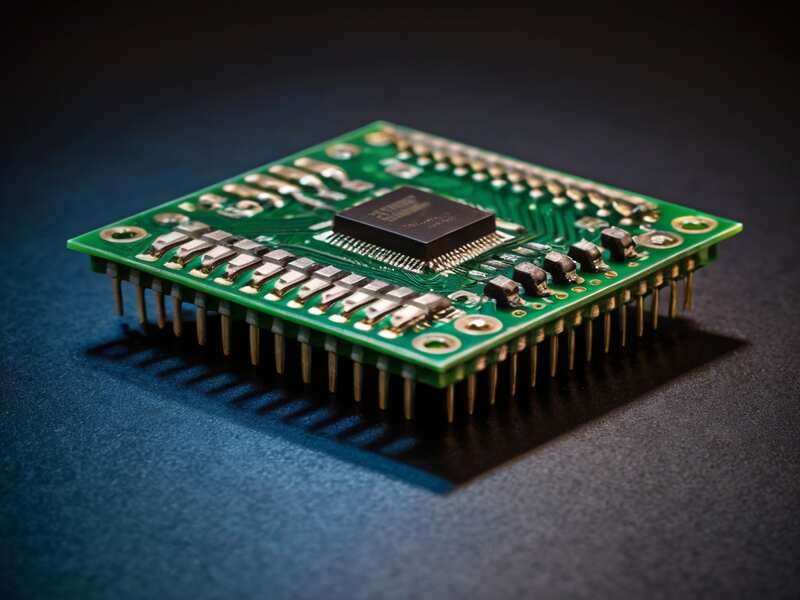
The concept of a Microprocessor in a specific package in Firmware development
It is a single processor that performs only one operation. The microprocessor is connected to various external components, such as serial ports, timers, GPIO ports, IO ports, and a RAM microprocessor, which are necessary for the microprocessor to perform specific tasks.
A package contains a single chip with core ROM, RAM, peripherals, and controllers. The core is the main component of the processor, and other elements, like peripherals, are connected internally. The processor is a single package, meaning it is not externally collected.

Firmware Development Training

Embedded software in firmware development
Embedded software, which includes firmware and embryo software, implements higher-level functionalities and features of the device.
These highly sophisticated features can be overwritten using high-level programming languages like C or Java. Python is a popular choice for writing embedded software, and it allows for creatinghigh-level functions and features.
Pins in Firmware Development
Pins are used in a master-slave communication system. A master pin is connected to a slave pin attached to a chip. To select a slave, you choose the pin of your device. The slave select pin is connected to your device through a GPIO pin.
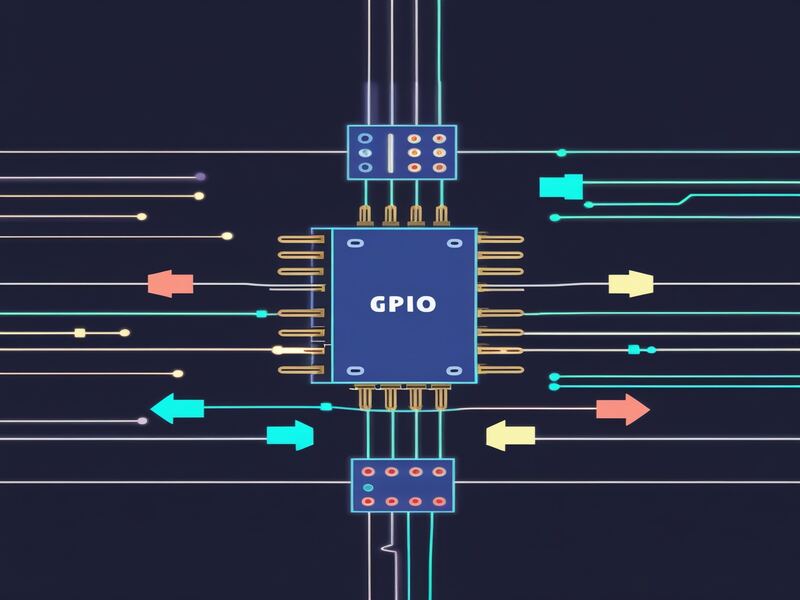
The master sends the data out, and the slave gets the data in. The master wants to send the data, and the clock synchronises the data between the master, slave, and chip. The select pin selects a device with which the master wants to communicate.
If the master has multiple slaves, the master must pull the pin low to select the specific slave. The communication will only go to the particular slave.
Serial Peripheral Interface Protocol (SPI)
The SPI protocol has different communication methods, including full-duplex, half-duplex, and simplex communication. Full-duplex communication uses lines for most data transmission, while half-duplex communication uses only one line.
In simplex communication, only mastery sends data, while slave sends data. Mastery and slave communicate individually, with the data in the transfer buffer and the shift register.
In the SPI protocol, full decks are used, and different ways of communication exist, such as full duplex, half duplex, and simplex. In full duplex communication, lines are used, while in half duplex communication, only one line is used. In simplex communication, only one-by-one communication is used, with content placed in the shift register.
Flash memory in Firmware development
Flash memory is mainly mapped to the RAM, preventing modifications to core sections. The core section is stored in the code section, which cannot be modified.
The auto variable is stored in a stack, with its storage being a stack. The scope is within a block, which is only accessible within that block. Life is within that block only once.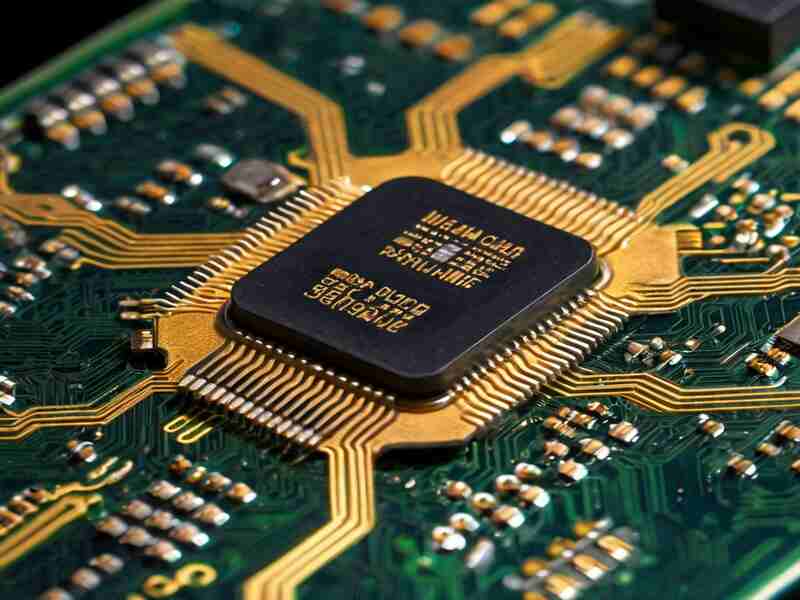
What are auto & static variables?
Auto variables
Auto variables are automatically created once entered into the block and destroyed once they are made. Register variables are registered in the CPU and stored in the CPU register, and Other parameters are the same.
Static variables
Static variables are local and global static, with local static meaning if declared, and global static meaning if declared, both stored in the data section. The auto variable is automatically created once entered into the block, and when it comes out, it is destroyed.

Firmware Development Online Training

Compiler design in firmware development
The design of a compiler focuses on the limitations of a single program and the importance of not allowing register variables. It explicates that if a resistor variable is unavailable within a function, it will not be stored in the CPU.
If a register variable is available, it will be stored in the stack. However, the compiler will throw a comparable throw error if a register variable is not declared globally.
Global declaration
Global declaration is not possible due to the limited resources available for the CPU and the need for registers for any operation. Additionally, static variables cannot be declared within a structure, which is crucial for the program’s functionality.
Avoid global declarations and ensure that registers are not held until the program is complete. Avoid static variables within a structure is also essential, as they can lead to unexpected behaviour and potential issues during program execution.
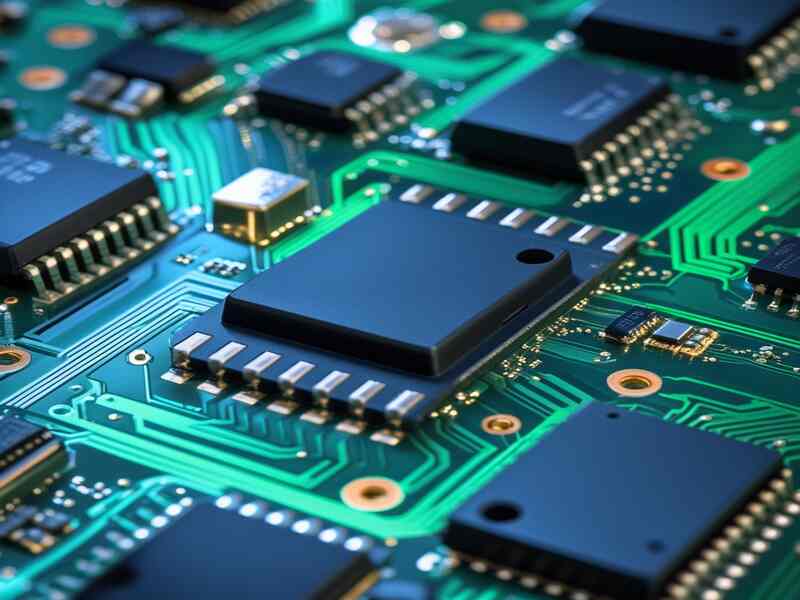
Storage of variables
The storage of variables in a program focuses on the importance of constant variables, variables, and variables. Continuous variables are stored in a function’s stack section, which allows for easy modification through pointers.
Variables can be initialised with a value and stored in the ro data section. Uninitialised variables are stored in the dot bss(.bss) section, a read-write section. String literals are stored only in the ro data section.
Use of embedded CPUs
Embedded CPUs and their limited resources, such as RAM and ROM, are used for specific tasks. Serial communication protocols, such as Ethernet, USB 2.0, and RRS, are used.
However, the main differences are the amount of data, speed, and distance that can be used.
Ethernet is used in networks, while USB is used in mass storage.
Keyboard mice and speakers are also used for data communication. Rs 485 is used for data acquisitions and control systems.
Conclusion
Firmware is a specialised software that operates specific devices, such as remotes or washing machines.
It runs directly on hardware without an operating system and is typically stored in flash memory. As devices become more complex, firmware size increases, making modifying harder.
Microcontrollers and microprocessors are essential in firmware development.
Microcontrollers are compact and self-sufficient, while microprocessors rely on external components. Understanding how these components interact is crucial for developing efficient firmware.
In essence, firmware development involves creating software that directly controls hardware.
By managing resources, communication protocols, and the underlying components, firmware ensures devices function efficiently and reliably.

Firmware Development Course Price


Navya Chandrika
Author
Every second is a new opportunity to shape your future with the choices you make now.